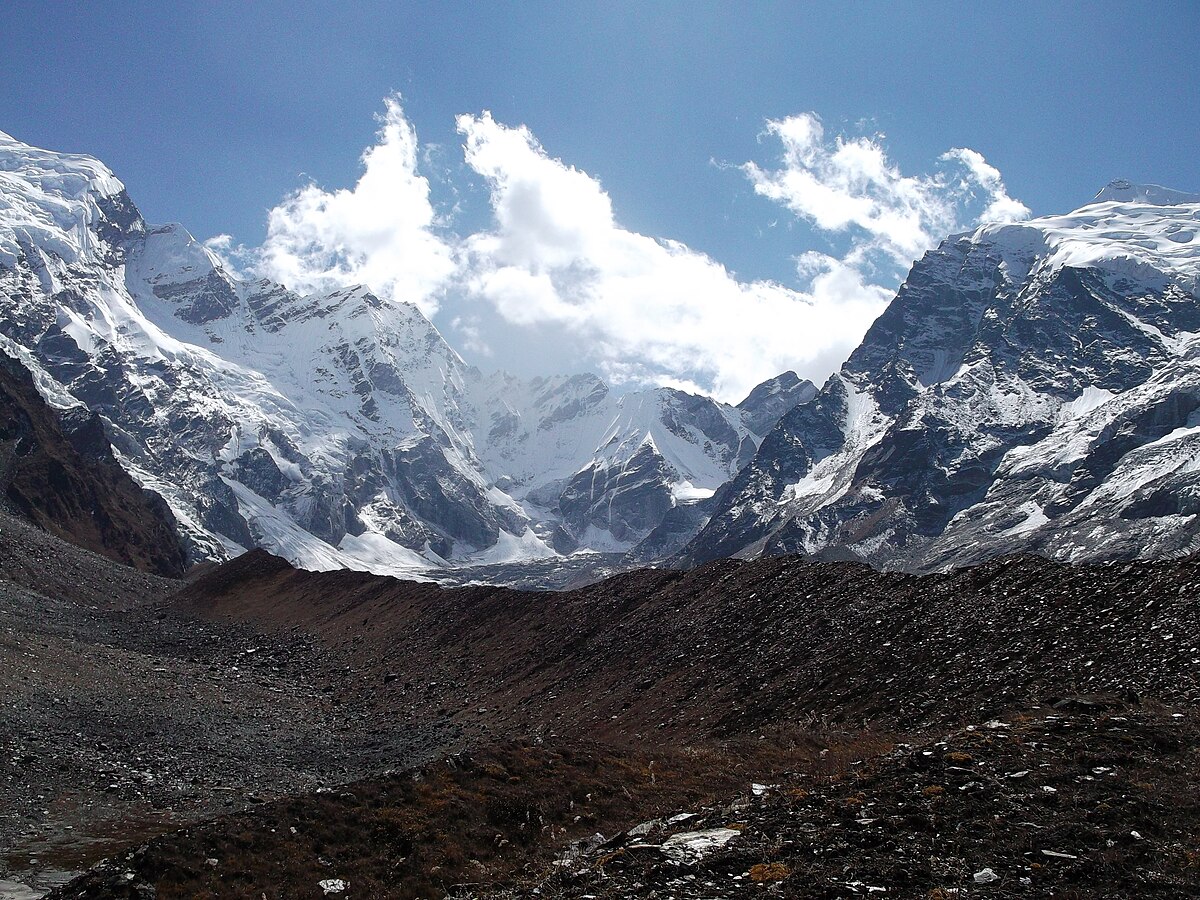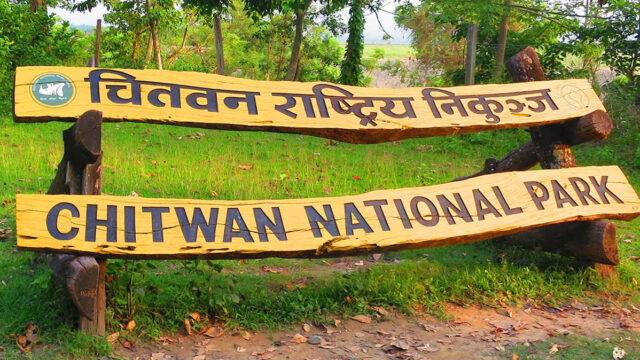Nestled in the far-western region of Nepal lies the majestic Api Himal, a lesser-known gem that holds immense potential for tourism development. Despite its breathtaking beauty and rich biodiversity, Api Himal remains relatively undiscovered by both domestic and international travelers. Here’s a detailed look at why Api Himal is a promising destination and the steps needed to harness its tourism potential:
Untapped Natural Beauty:
Api Himal boasts stunning landscapes dominated by snow-capped peaks, alpine meadows, pristine lakes, and dense forests. Its diverse ecosystem supports a wide range of flora and fauna, including rare and endangered species. For nature enthusiasts and adventure seekers, Api Himal offers unparalleled trekking opportunities, with routes that traverse remote villages and showcase unspoiled wilderness.
Cultural Richness:
The region surrounding Api Himal is home to indigenous communities such as the Api, Kham Magar, and Lohorung people. These communities have preserved their unique traditions, languages, and cultural practices for generations. Visitors have the opportunity to experience authentic rural life, participate in local festivals, and interact with hospitable locals, offering a rich cultural immersion experience.
Challenges and Opportunities:
Despite its natural and cultural allure, Api Himal faces several challenges hindering its tourism potential. Limited infrastructure, including basic amenities like roads, accommodation, and healthcare facilities, makes access to the area difficult. Additionally, inadequate promotion and marketing efforts mean Api Himal remains largely off the radar for mainstream tourists.
Steps Towards Development:
To unlock Api Himal’s tourism potential, concerted efforts are needed from both the government and private sector:
- Infrastructure Development: Investment in road construction, trekking trails, and eco-friendly accommodation will improve accessibility and visitor comfort.
- Community Involvement: Engaging local communities in tourism initiatives ensures sustainable development and equitable distribution of economic benefits.
- Promotion and Marketing: Launching targeted campaigns highlighting Api Himal’s unique offerings through digital platforms, travel expos, and collaborations with tour operators will raise awareness and attract adventure enthusiasts.
- Environmental Conservation: Implementing measures to preserve Api Himal’s fragile ecosystem, including waste management and biodiversity conservation, will ensure long-term sustainability.
Government Support and Initiatives:
The Nepal government, recognizing Api Himal’s potential, has outlined plans to develop the region as an ecotourism hub. This includes infrastructure improvements, community training programs, and incentives for private investment. Collaborations with international organizations and NGOs further support sustainable tourism practices and capacity building.
Future Prospects:
With strategic planning and sustainable practices, Api Himal has the potential to emerge as a premier destination for nature-based tourism in Nepal. By balancing conservation efforts with tourism development, Api Himal can offer memorable experiences while preserving its natural and cultural heritage for future generations.
Api Himal represents a promising opportunity for Nepal’s tourism sector, offering unparalleled natural beauty, cultural richness, and adventure experiences. With coordinated efforts to overcome infrastructure challenges and promote sustainable tourism practices, Api Himal can shine as a beacon of responsible tourism in the Himalayan region.






